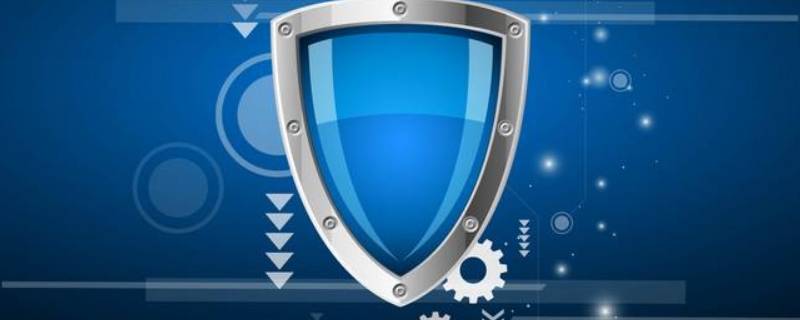
噪音污染有交通噪声、工业噪声、建筑噪声、社会噪声。
交通噪声:包括机动车辆、船舶、地铁、火车、飞机等的噪声。由于机动车辆数目的迅速增加,使得交通噪声成为城市的主要噪声源。
工业噪声:工厂的各种设备产生的噪声。工业噪声的声级一般较高,对工人及周围居民带来较大的影响。
建筑噪声:主要来源于建筑机械发出的噪声。建筑噪声的特点是强度较大,且多发生在人口密集地区,因此严重影响居民的休息与生活。
社会噪声:包括人们的社会活动和家用电器、音响设备发出的噪声。这些设备的噪声级虽然不高,但由于和人们的日常生活联系密切,使人们在休息时得不到安静,尤为让人烦恼,极易引起邻里纠纷。
急求两篇关于噪音污染和电脑病毒的英语作文
噪音污染
We know the sounds of cities are loud enough to cause great harm to people,s hearing in the U. S. One person out of twenty has got some hearing loss. And all over the world the situation is getting worse and worse all the time since the noise increases with the population.
With the development of machines, noise has also increased greatly in the 20th century. We live surrounded by loud planes, trucks and electric tools. TV sets and radios add up to 90 or J00 decibels, a certain unit used to measure the loudness of sound. A normal dialogue reaches 55 decibels; a plane goes to 100, and an ordinary train, reaching the station, can be twice as loud as the loudest plane. Disco music reaches about 118. At decibels the ear stops hearing sound, and pain starts. How terrible if things go on like this!
电脑病毒
Computer Virus
A computer virus is a computer program that can copy itself and infect a computer without permission or knowledge of the user. The original may modify the copies or the copies may modify themselves, as occurs in a metamorphic virus. A virus can only spread from one computer to another when its host is taken to the uninfected computer, for instance by a user sending it over a network or carrying it on a removable medium such as a floppy disk, CD, or USB drive. Additionally, viruses can spread to other computers by infecting files on a network file system or a file system that is accessed by another computer. Viruses are sometimes confused with computer worms and Trojan horses. A worm, however, can spread itself to other computers without needing to be transferred as part of a host. A Trojan horse is a file that appears harmless until executed. In contrast to viruses, Trojan horses do not insert their code into other computer files. Many personal computers are now connected to the Internet and to local-area networks, facilitating their spread. Today,s viruses may also take advantage of network services such as the World Wide Web, e-mail, and file sharing systems to spread, blurring the line between viruses and worms. Furthermore, some sources use an alternative terminology in which a virus is any form of self-replicating malware.
The term comes from the term virus in biology. A computer virus reproduces by making (possibly modified) copies of itself in the computer,s memory, storage, or over a network. This is similar to the way a biological virus works.
Some viruses are programmed to damage the computer by damaging programs, deleting files, or reformatting the hard disk. Others are not designed to do any damage, but simply replicate themselves and perhaps make their presence known by presenting text, video, or audio messages. Even these benign viruses can create problems for the computer user. They typically take up computer memory used by legitimate programs. As a result, they often cause erratic behavior and can result in system crashes. In addition, many viruses are bug-ridden, and these bugs may lead to system crashes and data loss.
There are many viruses operating in the general Internet today, and new ones are discovered every day.
英语作文关于噪声污染的怎么写???
Noise Pollution 噪音污染
Noise is among the most pervasive pollutants today. Noise from road traffic, jet planes, jet skis, garbage trucks, construction equipment, manufacturing processes, lawn mowers, leaf blowers, and boom boxes, to name a few, are among the audible litter that are routinely broadcast into the air.
Noise negatively affects human health and well-being. Problems related to noise include hearing loss, stress, high blood pressure, sleep loss, distraction and lost productivity, and a general reduction in the quality of life and opportunities for tranquillity.
We experience noise in a number of ways. On some occasions, we can be both the cause and the victim of noise, such as when we are operating noisy appliances or equipment. There are also instances when we experience noise generated by others just as people experience second-hand smoke. While in both instances, noises are equally damaging, second-hand noise is more troubling because it has negative impacts on us but is put into the environment by others, without our consent.
Noise pollution is not easily defined. Part of the difficulty lies in the fact that in some ways it is different from other forms of pollution. Noise is transient; once the pollution stops, the environment is free of it. This is not the case for chemicals, sewage, and other pollutants introduced into the air, soil, or water.
The definition of noise itself is highly subjective. To some people the roar of an engine is satisfying or thrilling; to others it is an annoyance. Loud music may be enjoyable or a torment, depending on the listener and the circumstances. Broadly speaking, any form of unwelcome sound is noise pollution, whether it is the roar of a jet plane overhead or the sound of a barking dog a block away.
The actual loudness of a sound is only one component of the effect it has on human beings. Other factors that have to be considered are the time and place, the duration, the source of the sound, and whether the listener has any control over it. Most people would not be bothered by the sound of a 21-gun salute on a special occasion. On the other hand, the thump-thump of a neighbour,s music at 2 a.m., even if barely audible, could be a major source of stress.
The decibel (dB) (分贝) is a measure of sound intensity; that is, the magnitude of the fluctuations in air pressure caused by sound waves. In fact, an increase of just 3 dB means twice as much sound, and an increase of 10 dB means ten times as much sound.
A sound pressure level of 0 dB represents the threshold of hearing in the most sensitive frequency range of a young, healthy ear, while the thresholds of tickling or painful sensations in the ear occur at about 120 to 130 dB. There is fairly consistent evidence that prolonged exposure to noise levels at or above 80 dB can cause deafness. The amount of deafness depends upon the degree of exposure.
Noise can cause annoyance and frustration as a result of interference, interruption and distraction. Exposure to noise is also associated with a range of possible physical effects including: colds, changes in blood pressure, other cardiovascular changes, increased general medical practice attendance, problems with the digestive system and general fatigue.



















